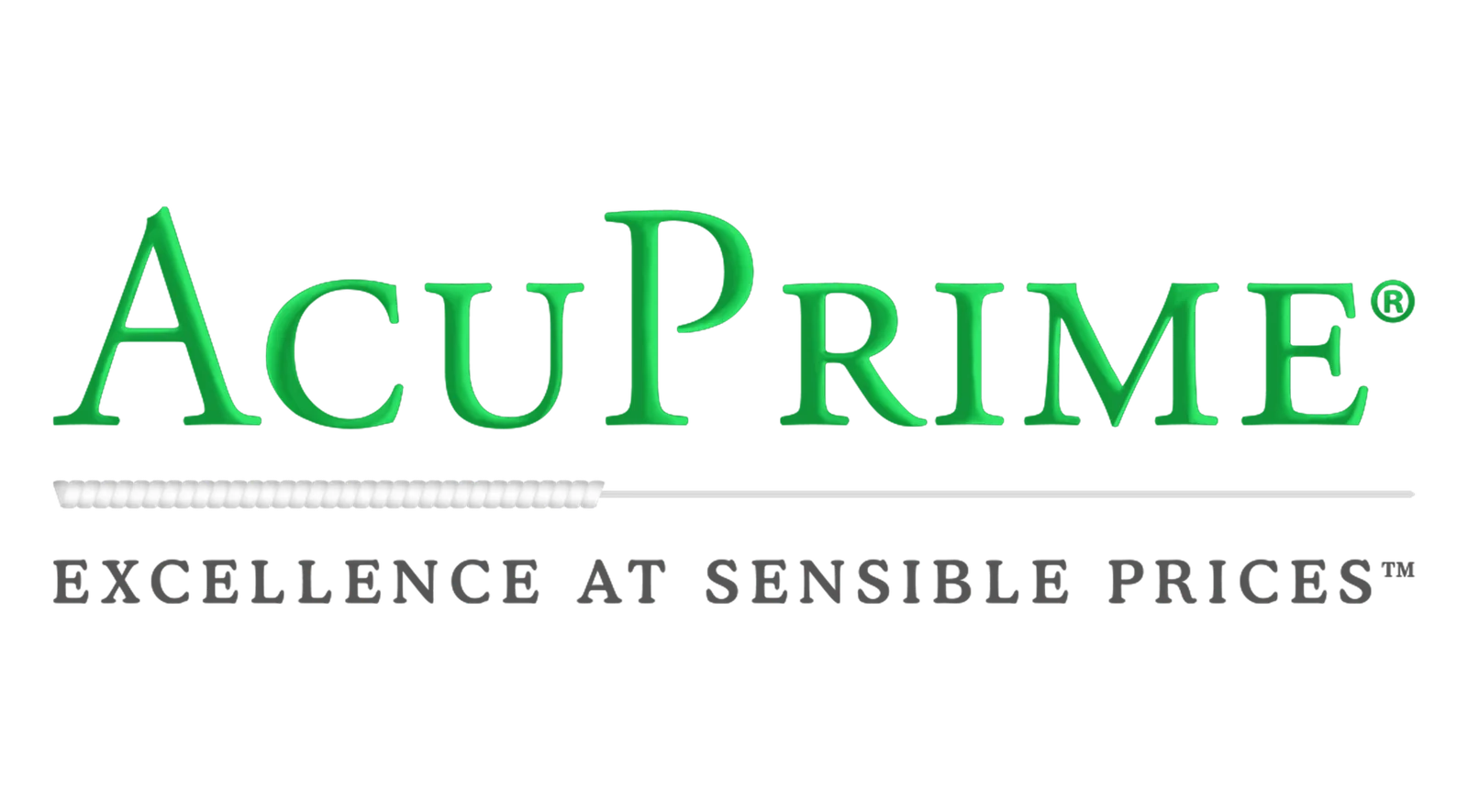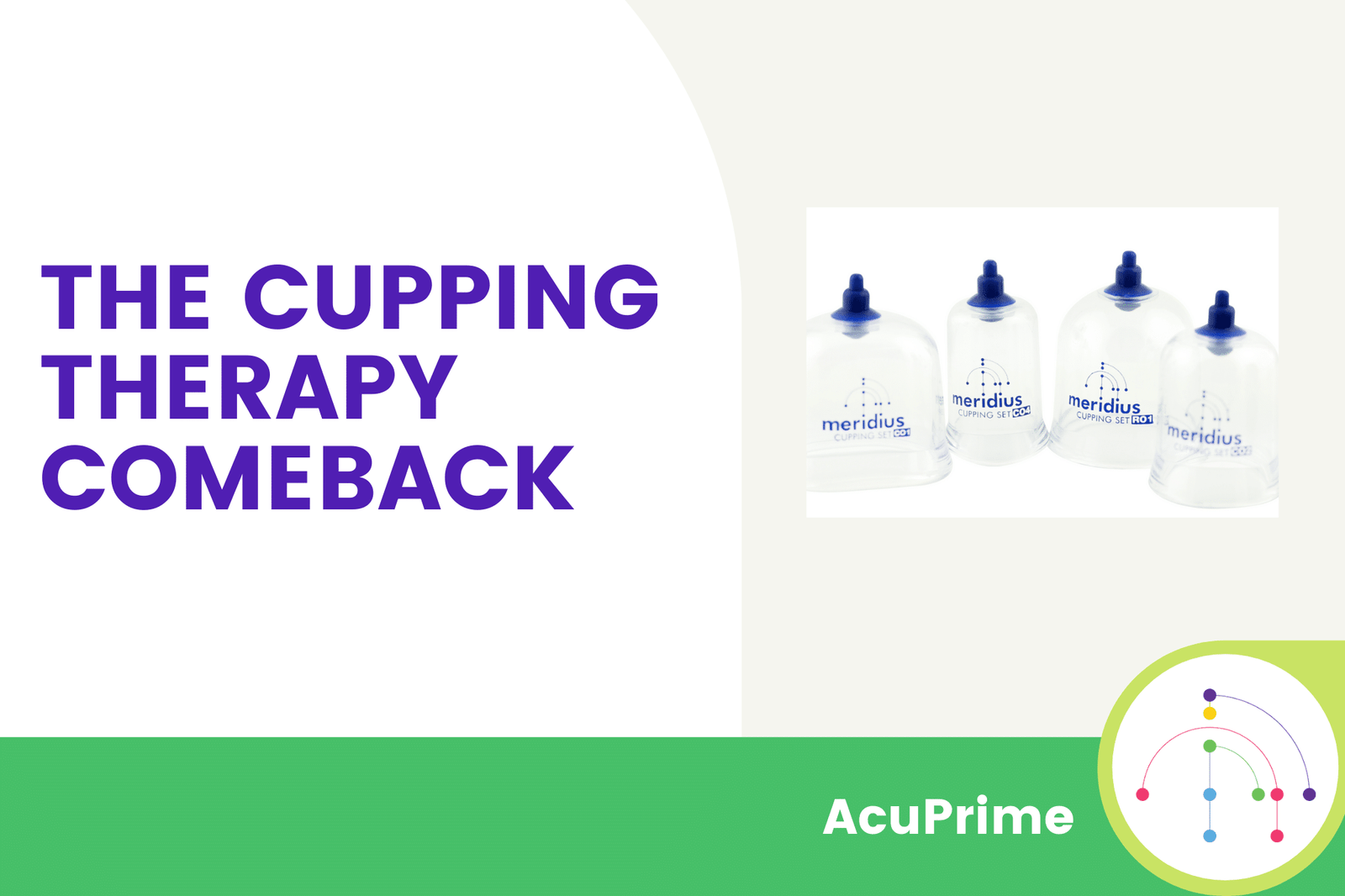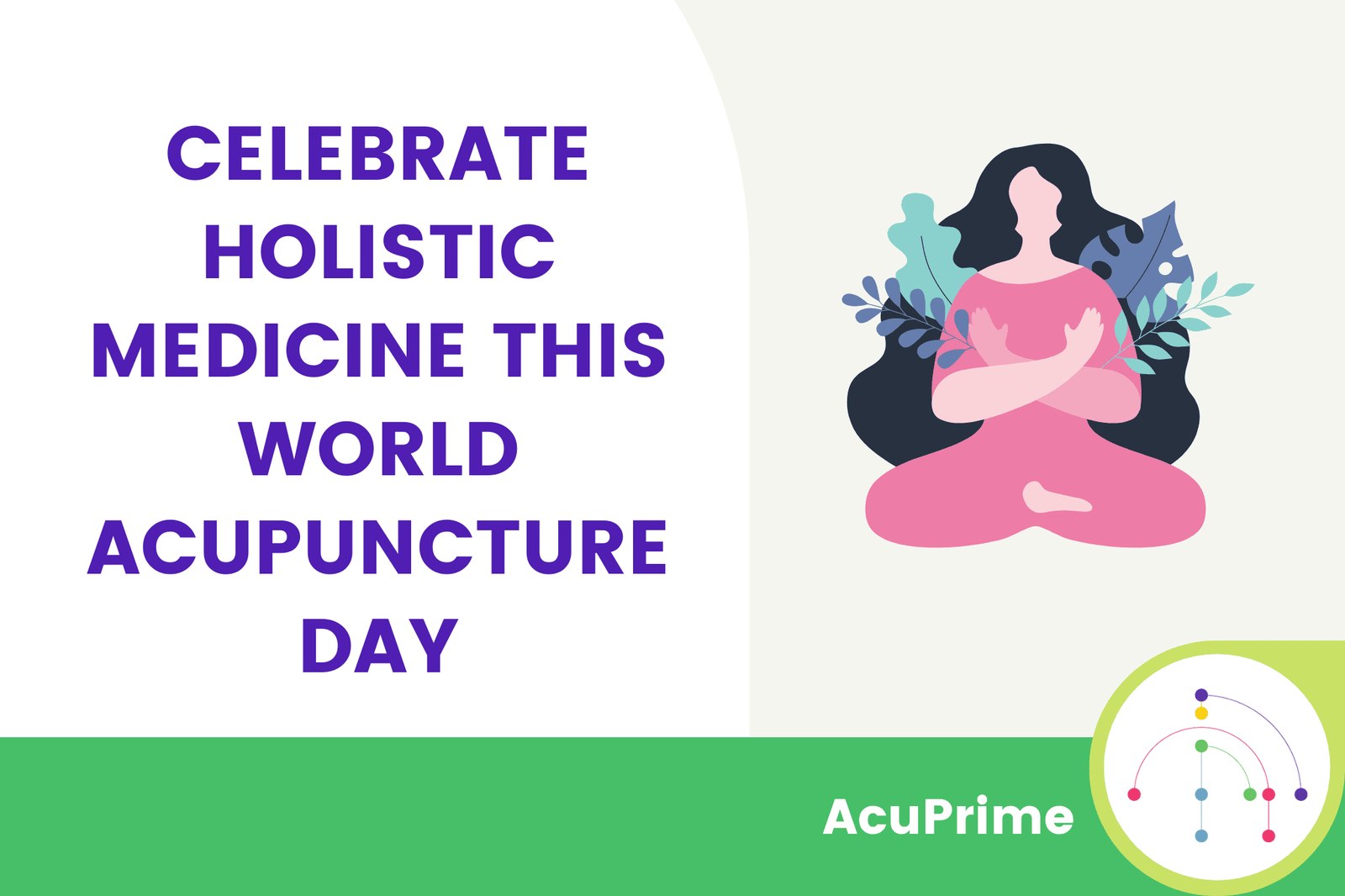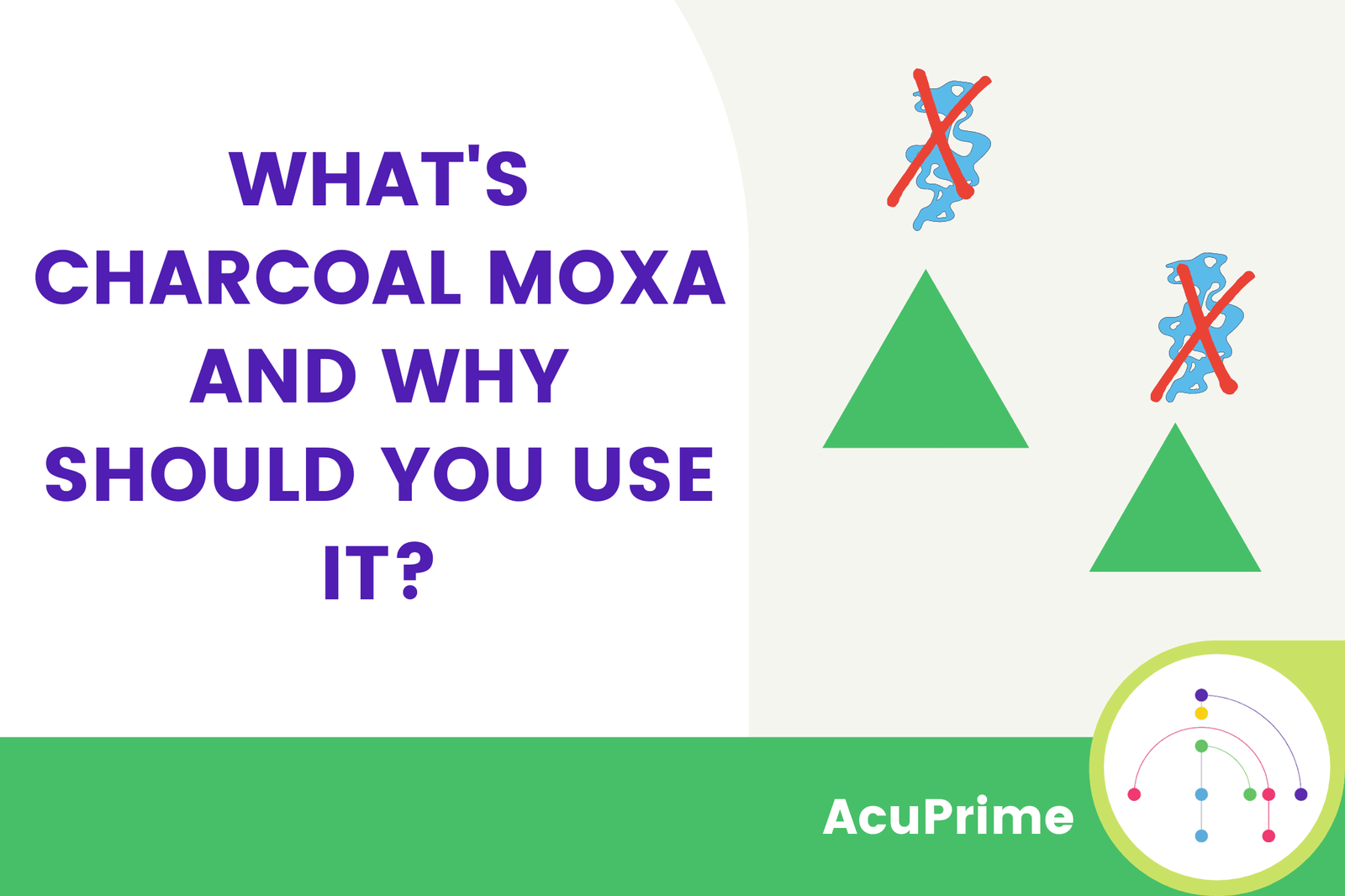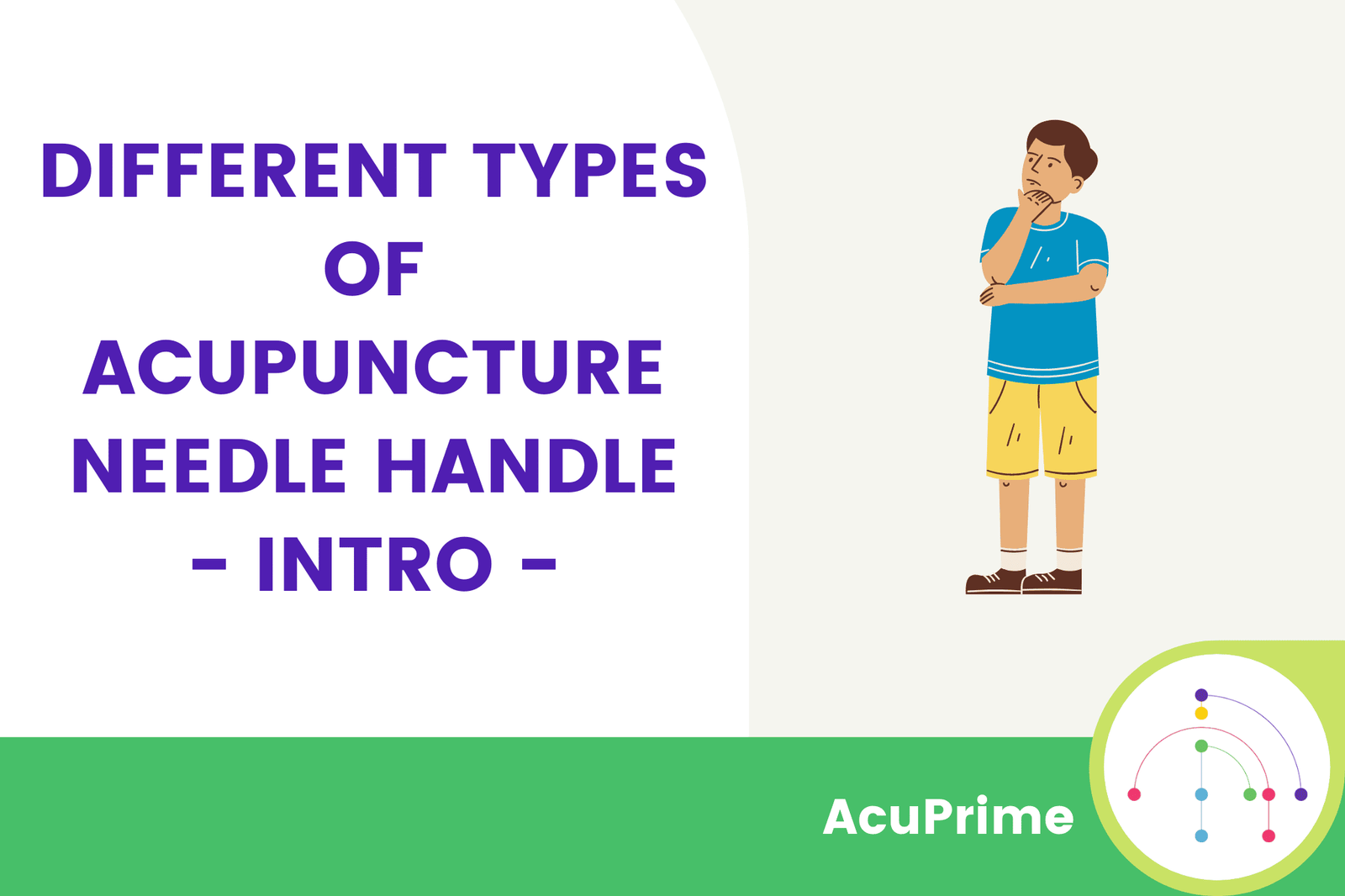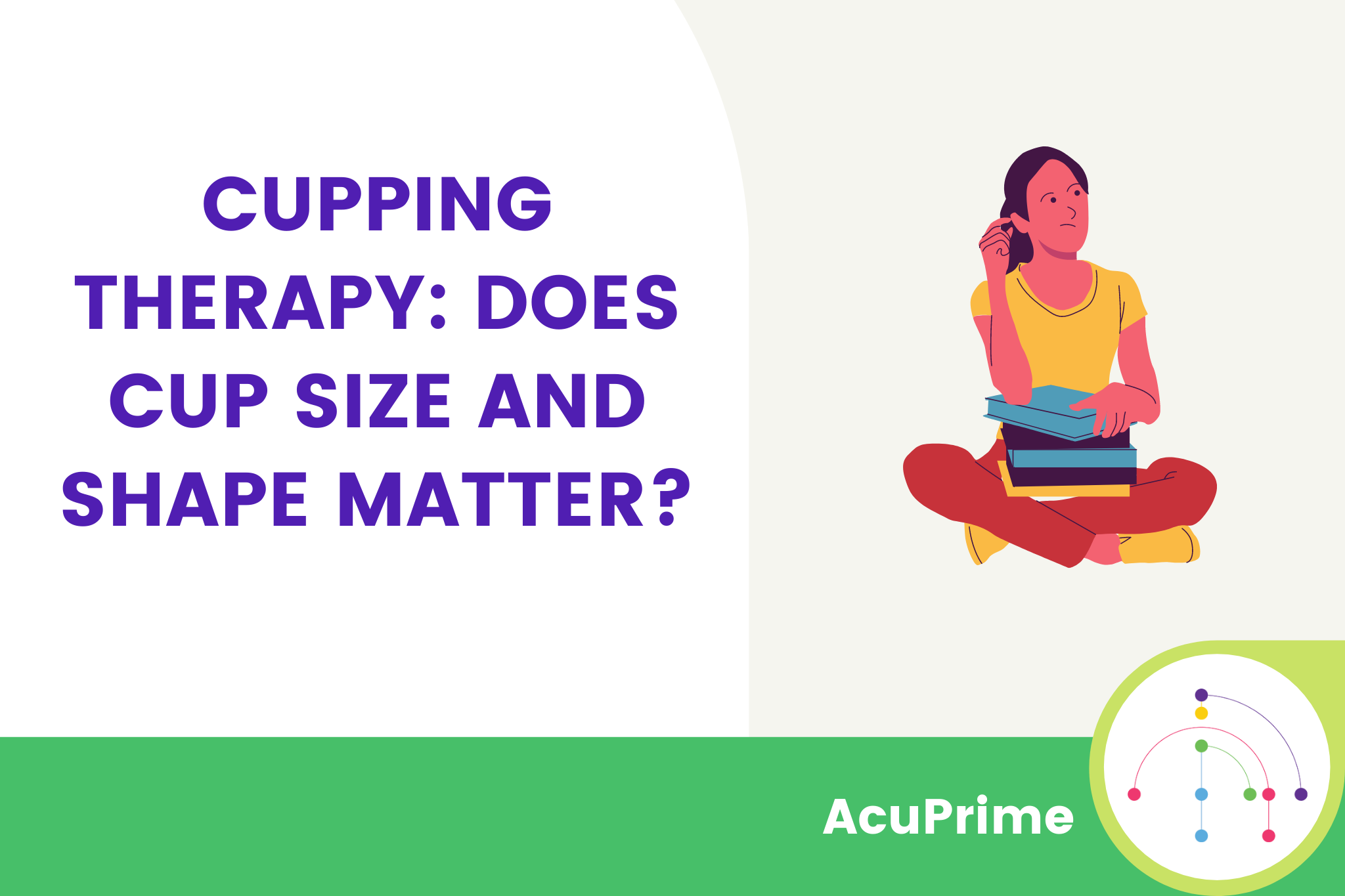Michael Phelps might’ve drawn attention to this ancient practice in the 2016 Olympics but cupping therapy is becoming more widely sought after by professional and amateur athletes. Foam rolling drew the attention of the general public to myofascial release and more and more physiotherapists are offering therapies to suit the demand.
While outside the remit of traditional physiotherapy, expanding your practice to include complementary therapies such as acupuncture and cupping can help bring in a new range of clients.
With the right training and equipment, offering myofascial release cupping therapy is an easy and affordable way of adding to your services list.
Want to expand your practice offerings and reach new clients? We’ll be talking about how you can do it and what you need.
Cupping Therapy Training Courses
Just like physiotherapy, cupping requires a deep understanding of how the body works and how to manipulate it effectively. While cupping is usually a gentle therapy, too much pressure in the wrong place can cause severe bruising and inadequate relief from muscle tension.
Ensuring you complete a well-rounded cupping course is essential to give your clients the most effective treatment. Cupping isn’t a complex treatment though, which is why it’s such a brilliant form of complementary therapy. It won’t require a large financial outlay for training and equipment and yet provides sought-after relief.
There are several reputable cupping course providers to choose from.
British Cupping Society
Running courses and workshops for regulated medical and healthcare professionals only, the British Cupping Society are working hard to ensure their training is comprehensive and used correctly.
Their workshops run over two days and are CPD approved. You can find details of their workshops and dates here.
Acupuncture Association of Chartered Physiotherapists
The AACP offer a brief theory and practical overview of cupping techniques in some of their courses. Aimed at health professionals, taking a course here is a good way to get introduced to various complementary therapies.
To see course dates, check out their list of CPD courses.
Cotswold Academy
The Cotswold Academy run an FHT-accredited Myofascial Cupping course at regular intervals throughout the year. Their course is one full day and aimed at physiotherapists and masseuses.
Check out the dates available here.
Other Courses
The Federation of Holistic Therapists (FHT) provides a list of the cupping courses they accredit across the country. To find a course near you, head to their Short Course page.
The Importance of Dry Cupping Over Other Types
Dry cupping is the main cupping therapy used by health professionals in the UK as it avoids the risks associated with wet cupping and forms using flames. Dry cupping is suitable for myofascial release, one of the key demands clients have when looking at sports massages and complementary therapies.
Equipment
Not only are cupping courses a short and affordable addition to your existing physiotherapy qualifications, but the equipment is simple and affordable too.
Cupping sets are usually made with either plastic or glass cups and can be sterilised easily between uses. Sets are available with pressure pumps to achieve the right level of pressure for the area being worked on. This is a far safer way to practise cupping than using flames which, unsurprisingly, come with the risk of burning!
Our cupping sets are specifically designed for healthcare professionals and come in two sizes. A ten-cup set and a 17-cup set. Made from polycarbonate with detachable silicone valves for easy cleaning, these cups are durable so you can keep using them for years.
Both sets come with a range of cup sizes to treat any part of the body. The ME17 set has additional cups shaped to deal with trickier parts of the body and is our most comprehensive set. The hand pump included in both sets offers pressure precision so you’re in complete control of the treatment.
Offering Cupping Therapy Sessions
Cupping treatments are most commonly offered as part of a massage and are gaining popularity amongst physiotherapists throughout the UK and abroad. You can offer a range of session lengths or package cupping into an hour’s session with cups left on for up to around 10 minutes in each position.
As an area of growing interest with the general public as well as athletes, offering cupping sessions in your physiotherapy practise allows you to build your experience and reputation in this field as the interest continues to grow.
As an affordable service to train in and set up, experimenting with cupping therapy services is a low-risk option for those wanting to appeal to new clients. If you have an existing acupuncture practise, you may well find that your clients are already aware of and curious about cupping.
Diversifying your physio practice by including complementary therapies is an excellent way to cater to a wider range of people and stay on top of changing trends.
Talk to Us About Our Cupping Sets
Interested in offering cupping therapy to your clients? Get in touch with us today to find out more about the benefits of using our comprehensive and affordable cupping sets. We’re experts in helping healthcare and sports professionals get the best quality equipment.
